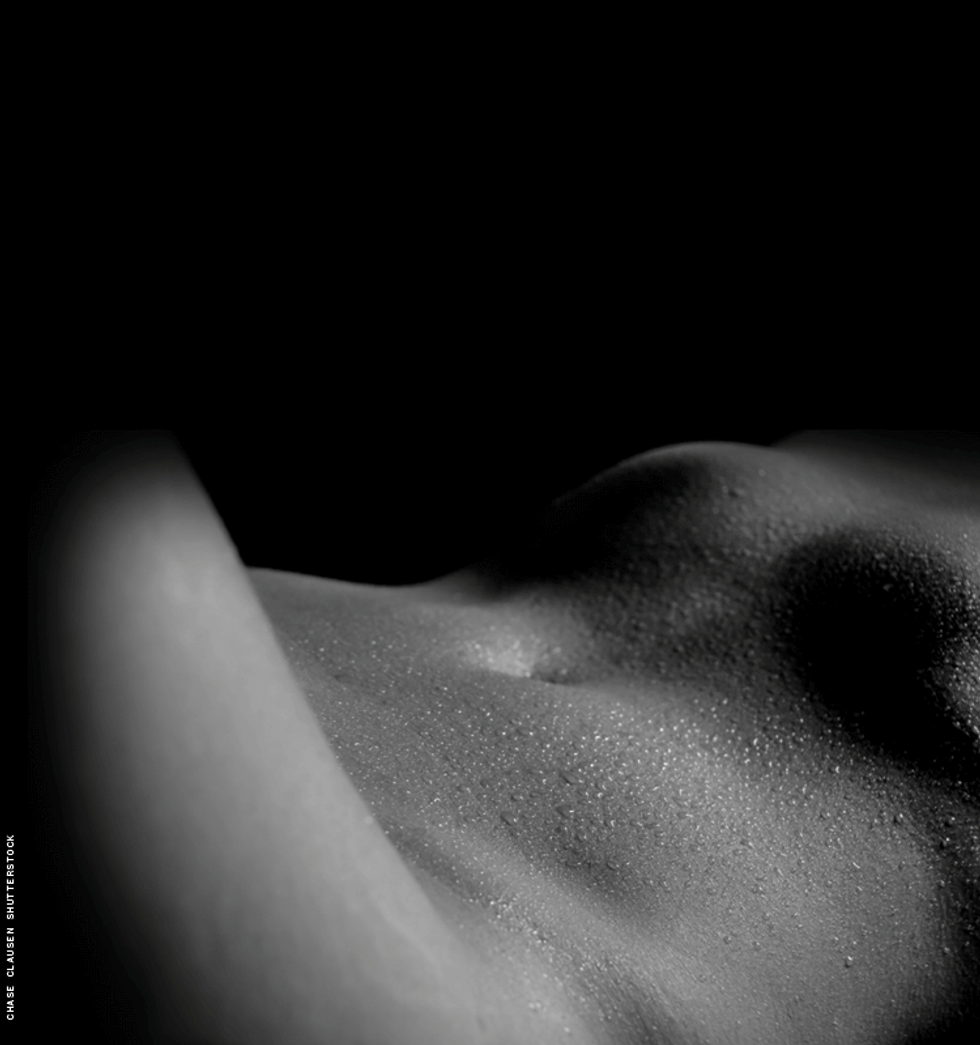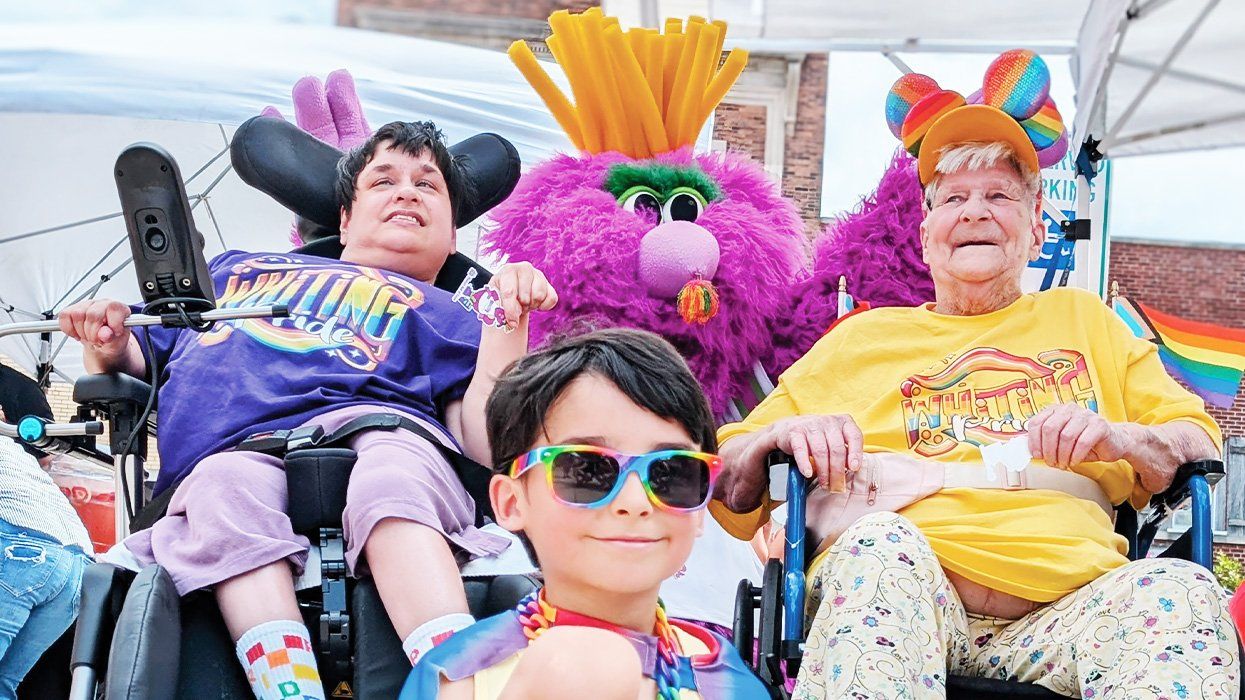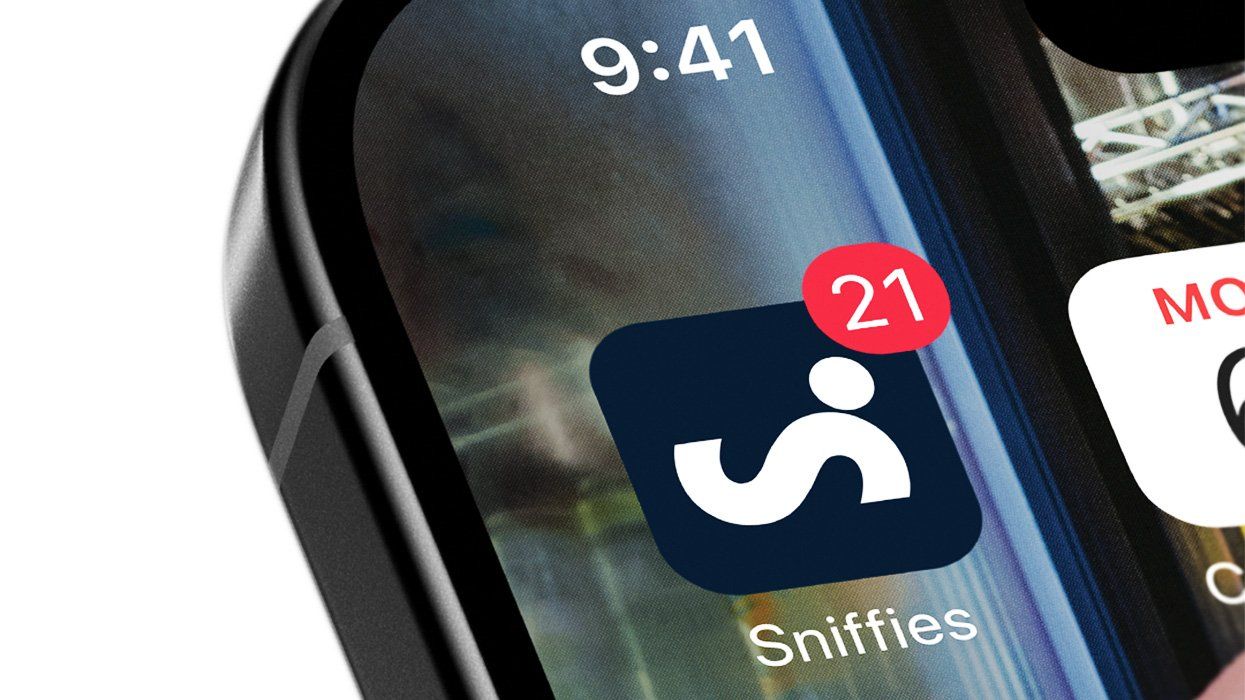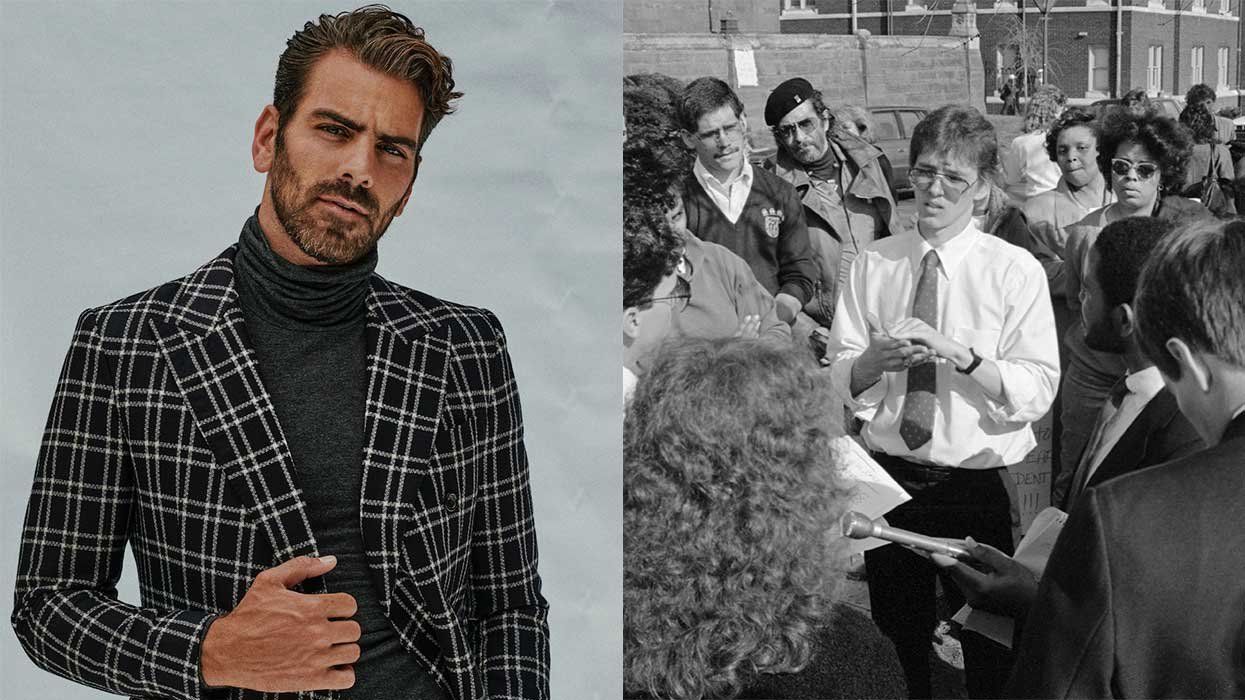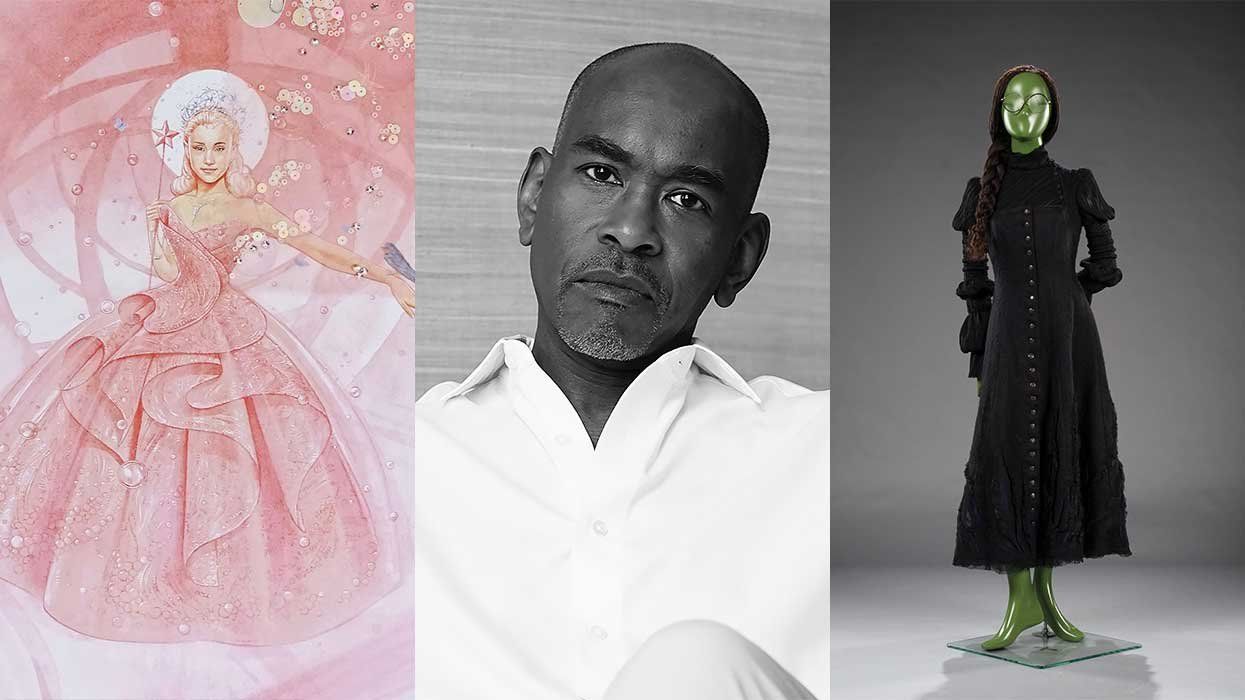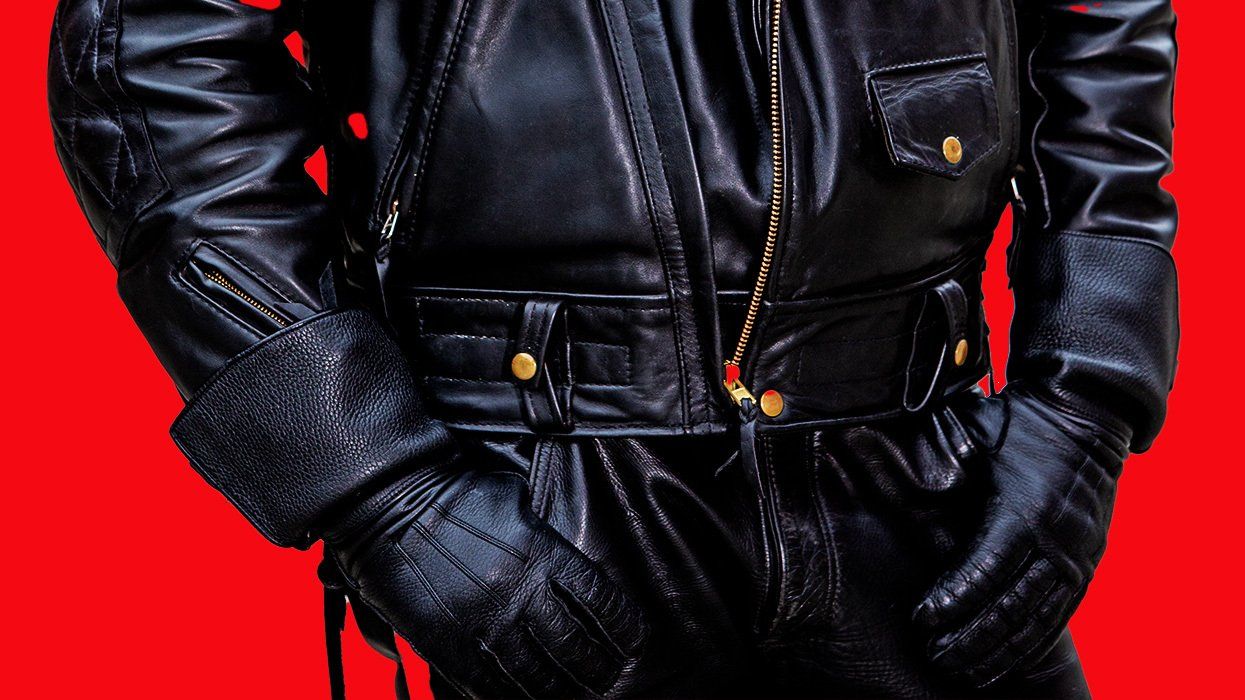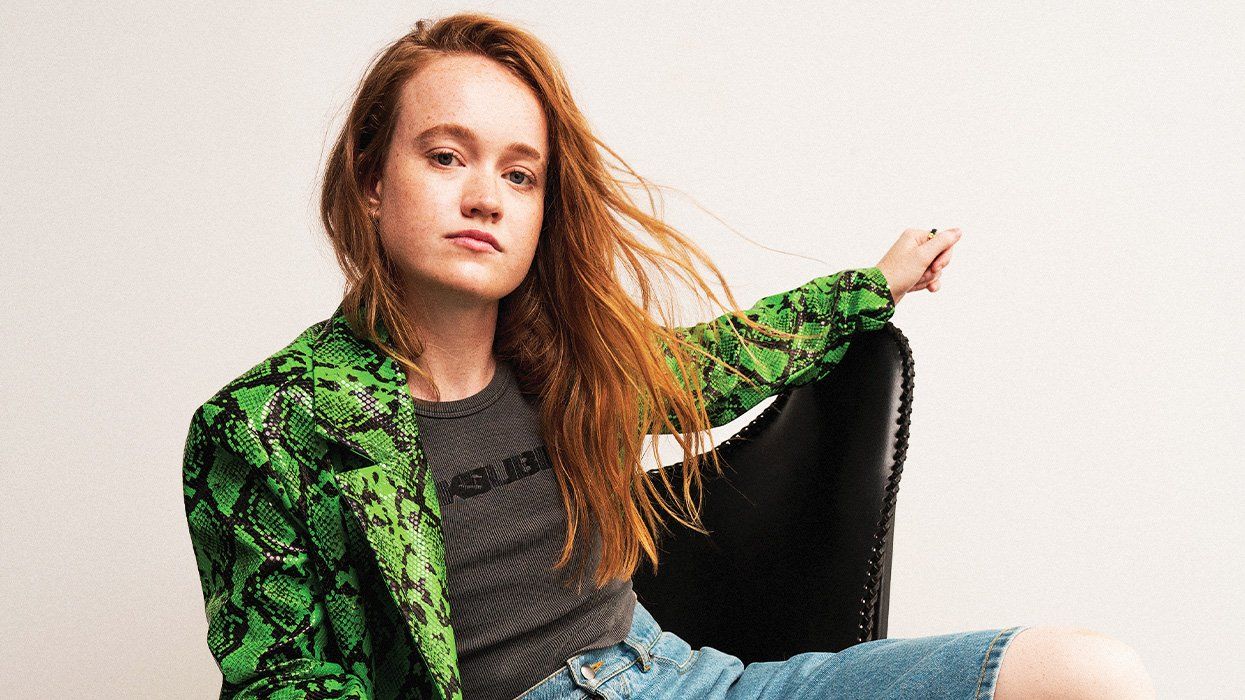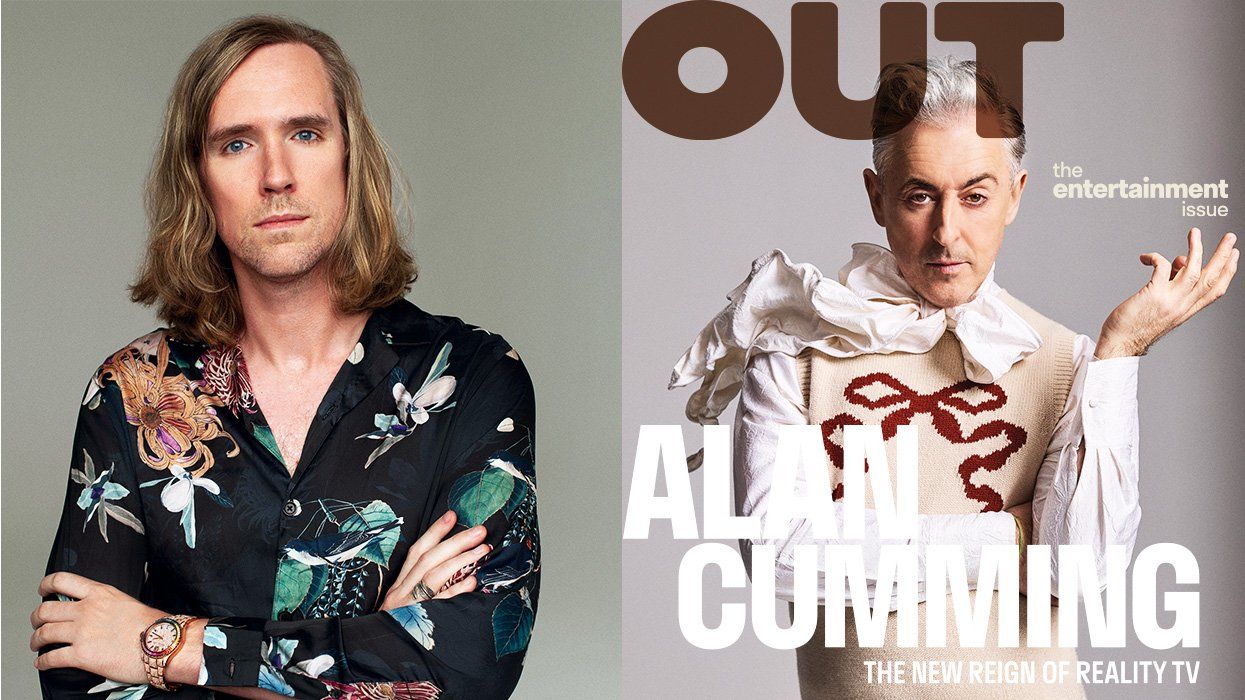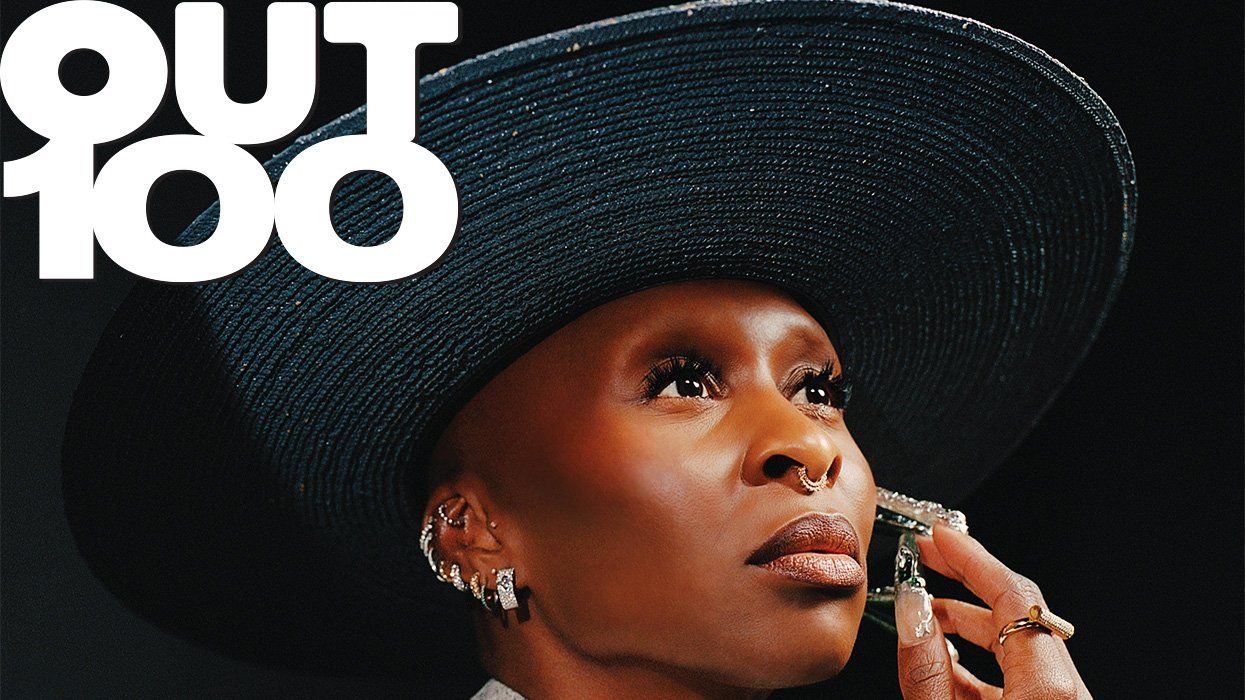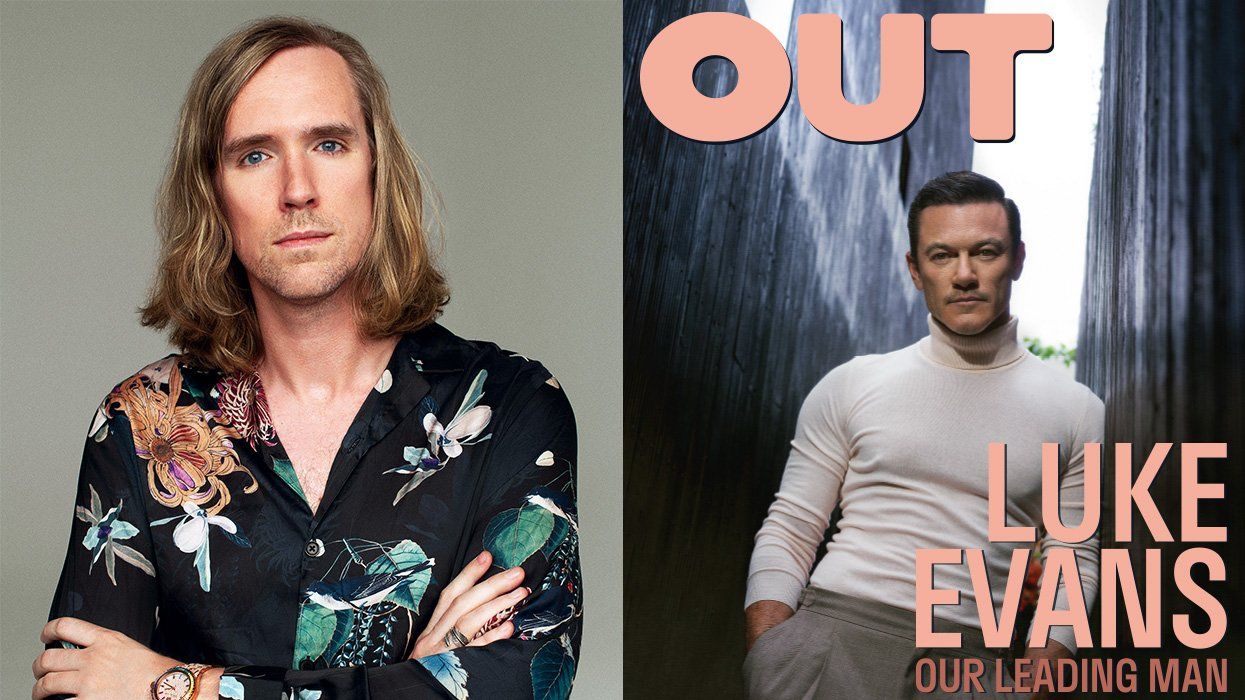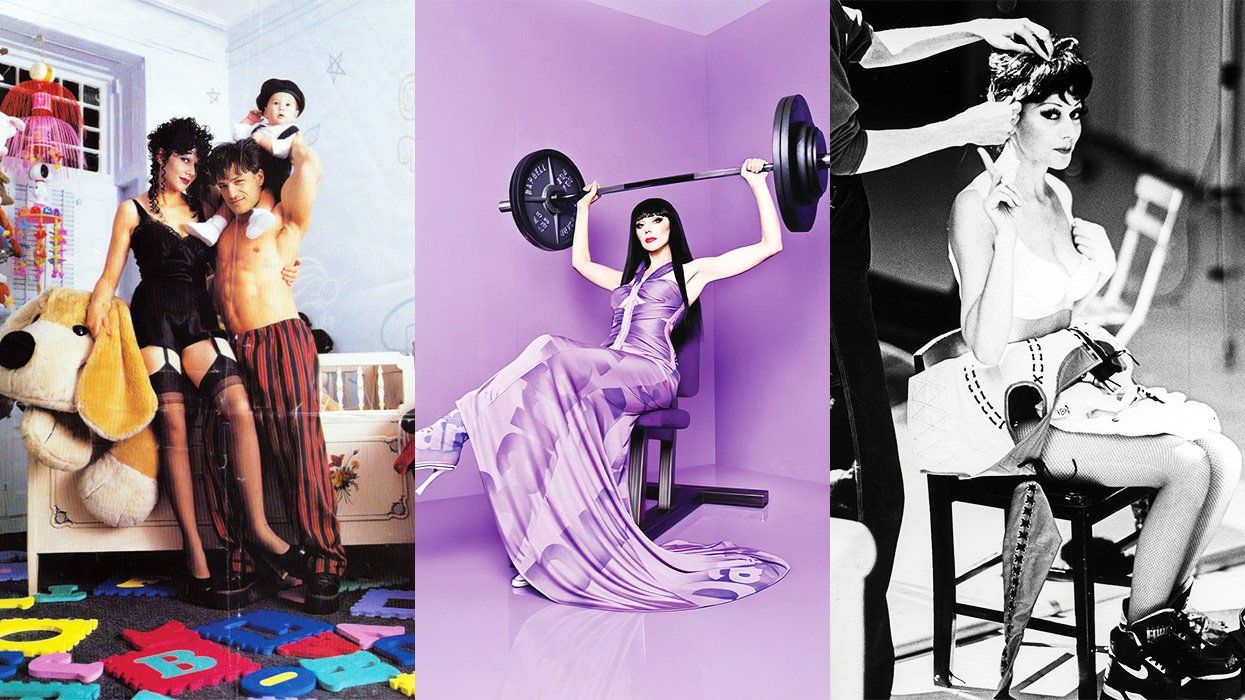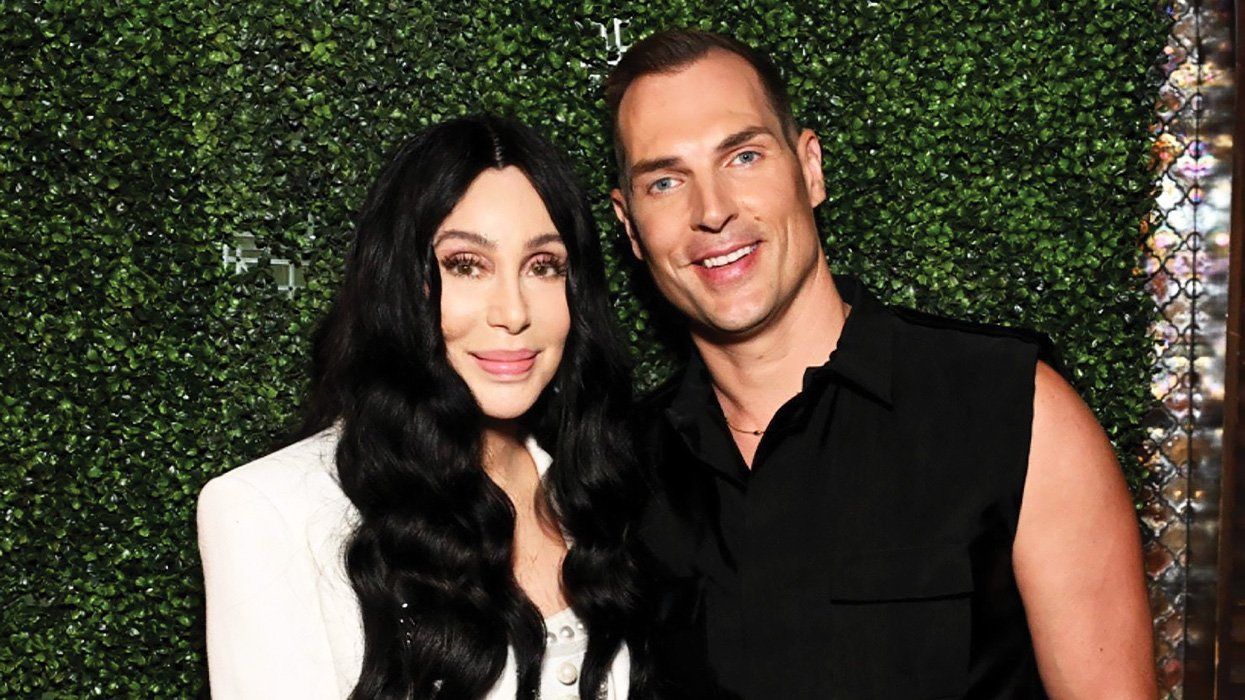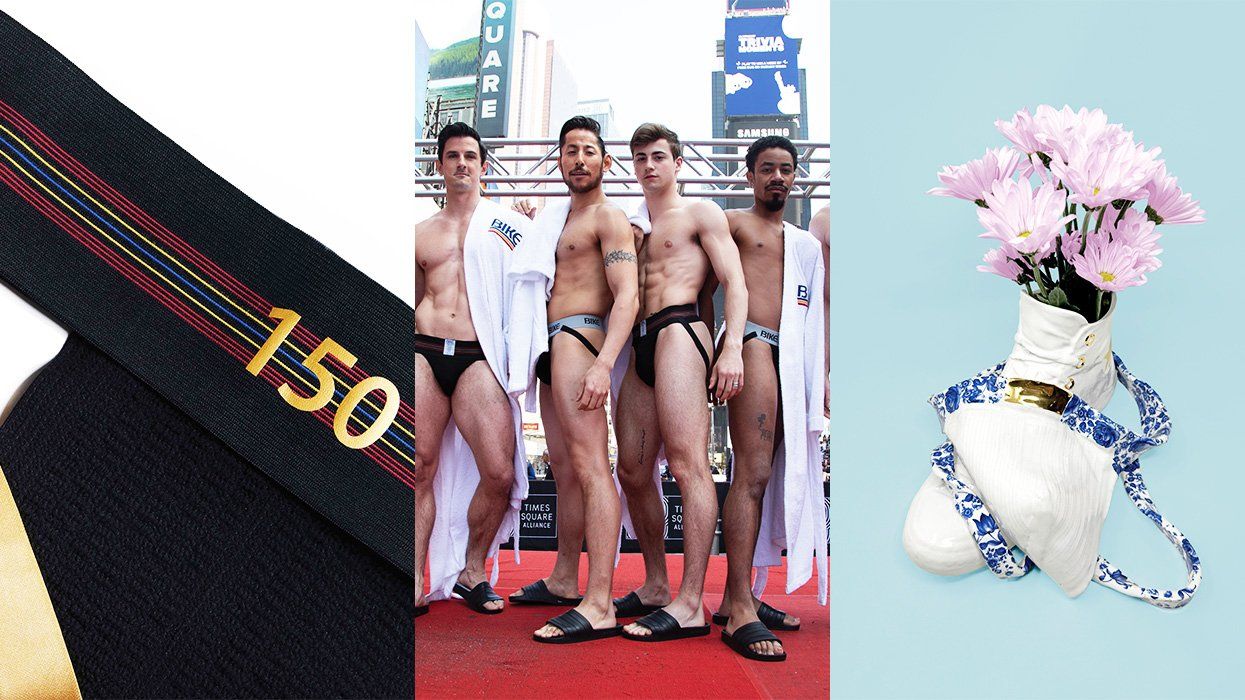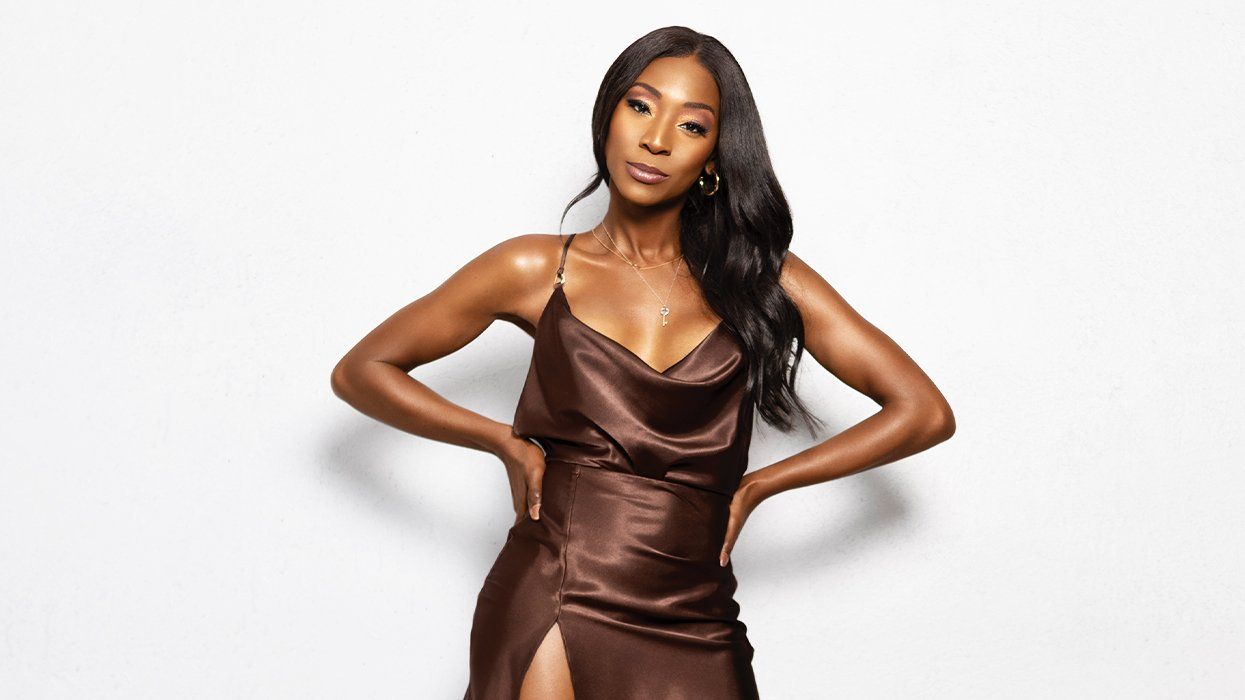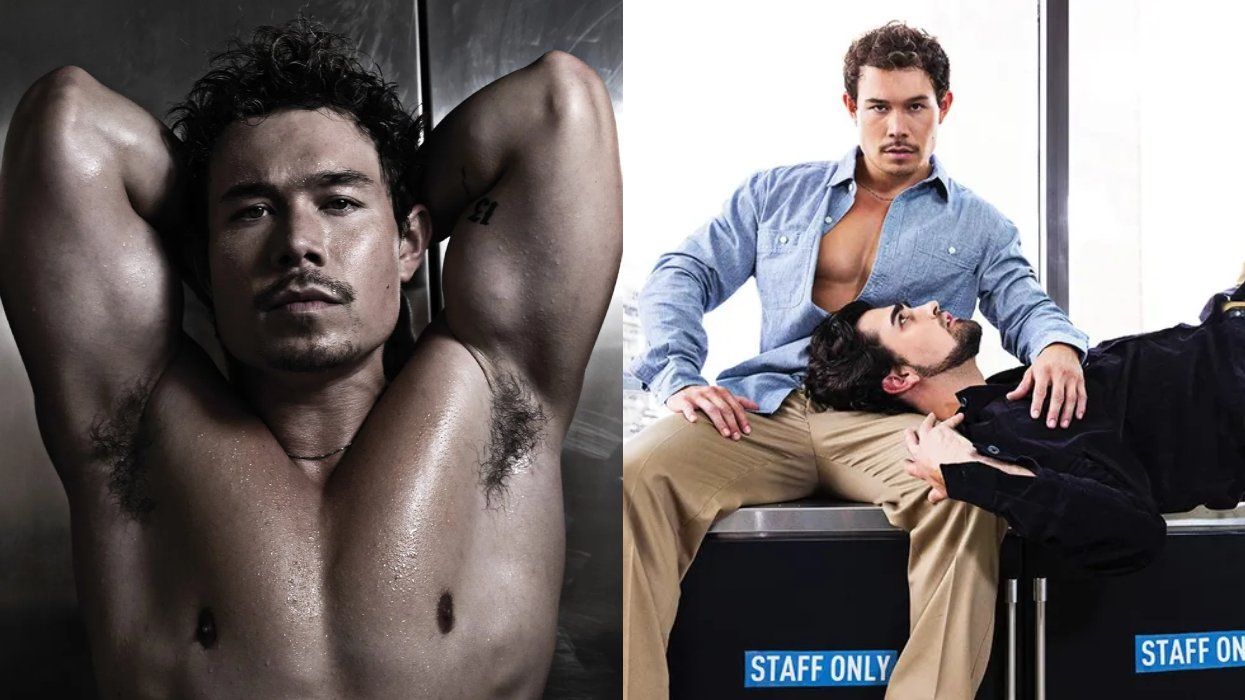I have been reading about Maude, an adult brand that makes intimate products like vibrators and lube, and recently found its products in a gay apparel shop. Their packaging was minimal and elegant -- a break from the gendered kitsch of most stuff I've seen in novelty shops and adult warehouses.
As a brand, Maude is doing something noteworthy in X-rated retail: nothing about the brand is X-rated, and its products are not marketed to any particular gender.
"The sexual wellness industry has been monopolized for so many years by the same tired male-focused incumbents who have created an uncomfortable, confusing, and transactional landscape. The response to these legacy players has been a pendulum swing: hyper-feminine, trend-focused newer brands that are often just as explicit," said Eva Goicochea, founder and CEO of Maude. "Our take at Maude is that sex is human."
The result of this approach is products that are gender-inclusive, with muted, universal colors and simple shapes. "We believe that by taking this approach, we will continue to break taboos and make sexual wellness more inclusive," Goicochea added.
It's a radical move -- and possibly a risky one. I know something about the sex toy business. I used to write copy for various adult brands. One of my clients was Fort Troff, a fetish brand that makes cock rings, sex slings, and other kink accouterments. Fort Troff does the opposite of Maude -- it focuses on one target customer, gay men, and never wavers. The brand's website is a porn site -- there's an 18+ age warning -- and almost all the models featured on it are cisgender men. I reached out and asked someone there, who spoke anonymously, if they felt any pressure -- by the industry, by buyers -- to be more gender-neutral and less sexually explicit.
"We've stayed true to our core customer, which is kinky gay men, so that's always the jumping-off point for any product design," the representative said. "If we design a great restraint or plug that appeals to a wide spectrum of people, that's just icing on the cake."
I asked if they felt there was substantial profit to be made from selling gender-neutral products -- or loss by not doing so.
"The way to profit for adult brands, like any other brand, is a singular focus on who your customer is and giving them exactly what they want," they said. "But we're really excited to see that straight guys and girls are totally open now to buying our kinky 'gay' toys with zero issues at all. That's really cool."
Which approach is best? I don't think there is an answer to that question -- every business does what is best for its customers. Still, brands like Maude might signal a shift in how sex toys are approached in modern culture. While ratty novelty stores, ones with mannequins wearing cheap lingerie in the window, are fun -- and certainly part of my sexual development -- they are also an outdated business model, and they are vanishing. The sex toy market has moved online. The internet has exploded with queer- and women-owned brands that have made the experience of shopping for sex toys less uncomfortable, especially for queer folks who live in unfriendly places or are in the closet and might fear being outed by going to a physical store. I've written content for brands like Lelo that have elevated the sex toy market into luxury. Is degenderizing the next step?
Maude seems to think so, and it is not the only one. Wild Flower, b-Vibe, Satisfyer, and other new brands have created products that don't look like big rubber penises -- in fact, the "amorphous blob" sex toy, which looks like nothing except, perhaps, an abstract desktop sculpture -- seems to be an increasingly common offering online. Wild Flower's first toy was a genderless vibrator that looked vaguely like a baby stingray and was designed to stimulate a variety of bodies. It was called the "Enby," named after the acronym "NB," short for nonbinary.
I thought that if anyone might have thoughts on this, it would be Buck Angel. Buck is a pioneering transmasculine porn performer who currently works as a sex educator and speaker. He made headlines in 2016 by partnering with Perfect Fit Brand, a legacy sex toy maker, to design the first sex toy for trans men -- the Buck-Off.
"I made [the Buck-Off] so that trans guys who are super dysphoric around touching themselves could use this product to masturbate like a cis guy all while never physically touching themselves," Buck said. "I got so many emails from trans guys saying this was their first orgasm since transitioning, that it changed their lives. I had therapists start asking me if they could put it in their offices."
Buck's words made me realize how important it was -- how impactful it could be -- for brands to make products for many different bodies and identities. But then I thought, Can't anyone enjoy a dildo? When I think of sex toys, I think of insertables -- something that goes in a hole, front or back -- and kink tools like handcuffs and gags. There's really not much else. Sure, there are cock rings, but most sex toys are naturally gender-neutral. Anyone can receive pleasure from objects that vibrate and inflate and deliver small electric shocks.
I talked to Matthew Nolan -- cofounder of OhJoySexToy.com, which reviews toys and tackles sex- and gender-based topics with cute webcomics -- and asked what makes a toy gender-neutral.
"Toys that encourage play no matter your gender are gender-neutral," Matthew said. "There has been some progress on that front, but it's still a developing space. I think the tone has started to change in packaging. A lot of companies are removing gender-first promotion on their packaging."
And there it was. The gender of a toy is, for the most part, just packaging -- much like gender itself. Sex toys can be for everyone -- we've just spent so many years (since the sex toy boom of the 1970s) selling them with images and language that say otherwise. That's a strategy that many businesses have found profitable, but it has nevertheless enforced gender binarism and made many folks feel left out.
I bought my first dildo in a ratty sex shop where it was clearly marketed to women, and that made me feel like I wanted something that was not intended -- maybe not even safe -- for my body. Then, thank goodness, I found gay sex toy brands. The dildos were the same, but the gay brands, like Fort Troff and others, made me feel like sitting on a big silicone dick was right and natural for me. Because it was. Queer female customers who found pioneering sex shops for women, like Good Vibrations and Babeland, must have felt the same level of acceptance.
I don't know what the future of the sex toy market looks like, but I take comfort in the idea that trans and nonbinary young people might find sex toy brands that make them feel validated, and that do not tell them what kind of body they must have in order to feel great.
Alexander Cheves is a writer, sex expert, and author of My Love Is a Beast: Confessions, available October 12 from Unbound Edition Press. Follow him on Instagram, @badalexcheves.
This story is part of Out's 2021 Design issue, which is out on newsstands October 5, 2021. To get your own copy directly, support queer media and subscribe -- or download yours for Amazon, Kindle, Nook, or Apple News.
RELATED | Can Fetish Be Fashion?




